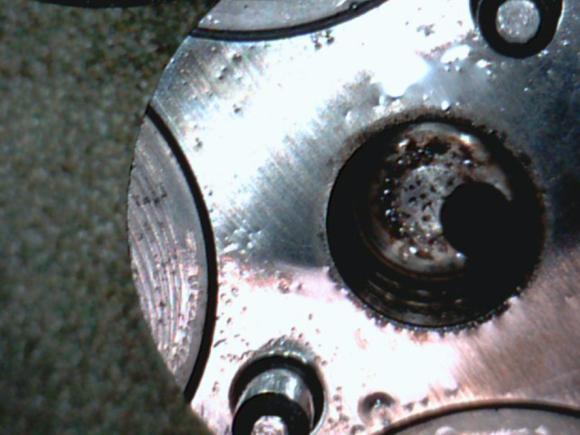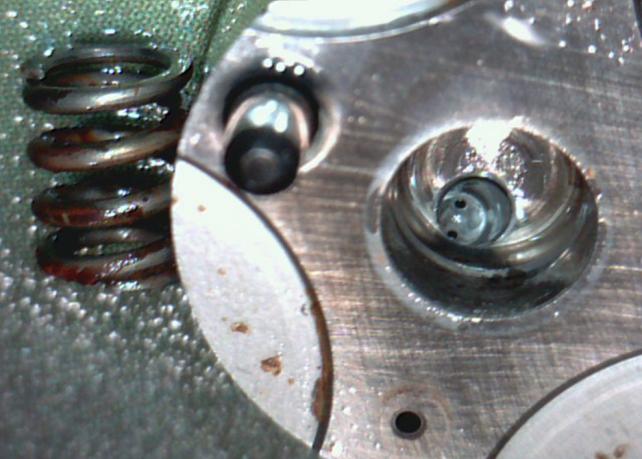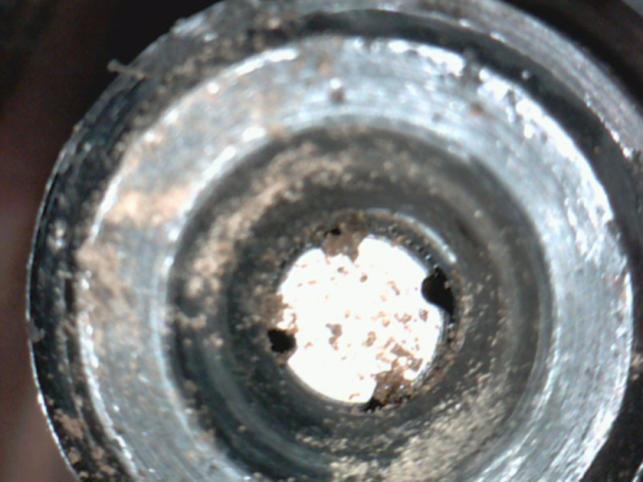Fuel Line

Common Rail Diesel OverviewCommon rail diesel systems can generate pressure now in excess of 2,000 BAR (29,000 PSi) which offers a number of benefits over traditional diesel systems. These high pressures improve the atomisation of the fuel thus improving ignition and combustion within the engine. In addition to the increased pressures, the electronic control significantly improves the flexibility of the system over older mechanical fuel injection systems – for example, during a single combustion stroke the injector may inject up to seven times per cylinder per stroke. Electronic control fuel systems were introduced mainly to meet emissions legislation, with common rail systems being introduced to mainline manufacturing in the late 1990’s. In addition to reduced emissions, later generation fuel systems, most especially common rail has given:
The evolution in the popularity in the diesel car as a result of common rail and its benefits are mentioned. There are over 12m diesels on the UK’s roads and this figure is expected to grow steadily over the coming years. The Common Rail System
Common rail systems are electronically controlled, giving far more scope for adjustment and monitoring. These modern systems are a world apart from the mechanically timed fuel systems of the past. Old type mechanical fuel systems are restrictive due to the fact that they have very limited adjustment within the system – they mainly rely on mechanical timing of the pump to the engine – this is not the case for common rail. Common rail diesel engines have a significant amount of electronic components within the system, allowing a wide range of monitoring through the sensors, enabling alterations to be made through actuators. The sensors send information to the ECU on everything from fuel pressure and temperature to how far the driver has the throttle depressed and if the brakes are being applied or not – in fact, there could be in excess of 20 different variables monitored! The ECU uses the information and will operate various components from injectors to cooling fans, to EGR to meet the demands of the inputs, also taking into consideration other system demands from other control units that may be on the vehicle system, ie. ABS, air conditioning, auto transmission.
Common Rail System Overview
The key components within the common rail system are labelled in the diagram above and are as follows:
This pressure is usually controlled by one of 2 methods:
In either case, the regulation of the pressure is controlled by the Electronic Control Module (ECM) after taking into account various input signals from sensors around the system and driver demands. Unlike mechanical systems these high pressure type pumps do not need to be timed with the engine as the injections timing is controlled by the ECM firing the injectors, and the pressure control valve is controlled by the ECU and varies rail pressure according to load demand. The tolerances, environment in which the pumps are built, and the quality of components used when remanufacturing these pumps is critical to the correct operation of the vehicle and lifespan of the pump and system – if the pump internals fail or breakdown this can result in the need for a full fuel system replacement. The tolerances are smaller than the naked human eye can see!
Common issues: Failures can be caused by incorrect fuel, biofuel, system contamination, lack of service, and incorrect service procedures with regard to the cleanliness of working areas, allowing contamination to enter the system. This will cause damage to both pumps and injectors. Issues with the coding in of injectors, incorrect data input to diagnostic scan tool, firing order back to front and skipping of stages when coding are also common faults. Injector issues can result in non-start in worst case and running problems on idle or under load.
Common Signs of Failure
1. Misfuelling/incorrect fuel causing wear on injector valve
2. Contamination though contaminated fuel
3. Water damage through lack of maintenance (1)
4. Water damage through lack of maintenance (2)
5. General wear and tear on a worn injector
6. Swarf in system caused by wear & tear or misfuelling with petrol causing poor lubrication of metal to metal components
Common Rail Summary
|
Related Articles Related Downloads |
 Electronic control of the injectors in common rail systems provide higher pressures and better atomised fuel on demand – this allows more precise and more frequent injection with between 5 to 7 injections per cylinder stroke in comparison to a mechanical system’s single injection per stroke.
Electronic control of the injectors in common rail systems provide higher pressures and better atomised fuel on demand – this allows more precise and more frequent injection with between 5 to 7 injections per cylinder stroke in comparison to a mechanical system’s single injection per stroke.





